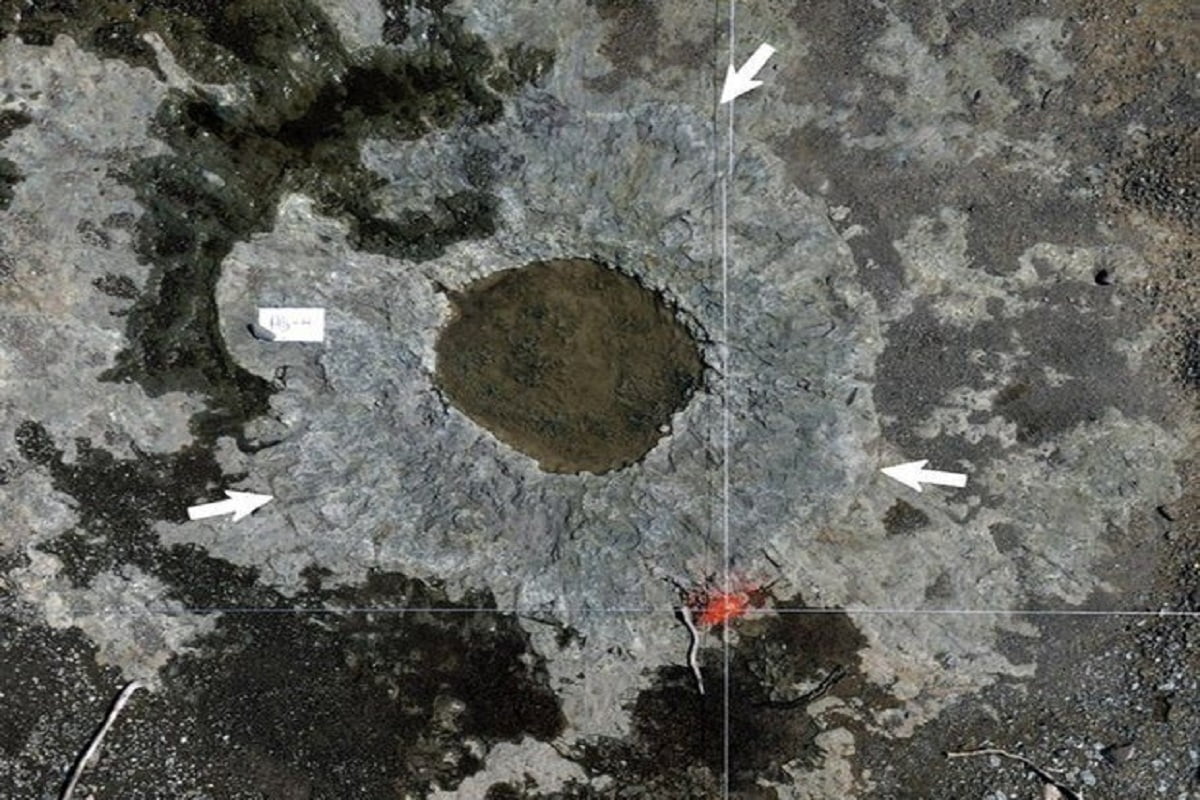Ruins of an ancient forest have been discovered in a mine near Cairo, New York, USA. The fossils have been found to be 386 million years old. The research was published in the journal Current Biology and New Scientist.

According to the scientists, the new region tells us how Earth’s climate has changed over time and proves that forests evolved 2 to 3 million years earlier than previously thought. “The first fossils in the region were observed in 2008,” said Christopher Berry of Cardiff University in the UK.
The researchers found three types of trees at the site, proving that the ancient forest had different plant species. One of them, belonging to the genus Archaeopteris, has roots up to 11 meters long. This species is similar to modern conifers and is known to have developed flat green leaves.
In an abandoned mine near Cairo, New York, scientists suddenly discovered the remains of the oldest forest in the history of the world. This discovery is considered a turning point in the history of life on Earth. The forest played a role in removing carbon dioxide (CO2) from the atmosphere.
The oldest Archeopteryx fossils are no more than 365 million years old. Exactly when this plant evolved into a modern tree is still unclear. But now, the Cairo discovery suggests that Archeopteryx began its metamorphosis about 20 million years ago. Patricia Jensel, a palaeontologist at the University of North Carolina, said.
“The size of this root system really changed our face,” he said. 20 years ago, researchers thought that trees with such large and complex root systems had never evolved so early in geologic history.
The new information about Archaeopteris also helps study the evolution and processes of life worldwide. These plants evolved very quickly, said William Stein, a biologist at Binghamton University in New York and lead author of the new study. However, it differs significantly from modern tree species. Archeopteryx seems to indicate the future evolution of the forest at that time.”
